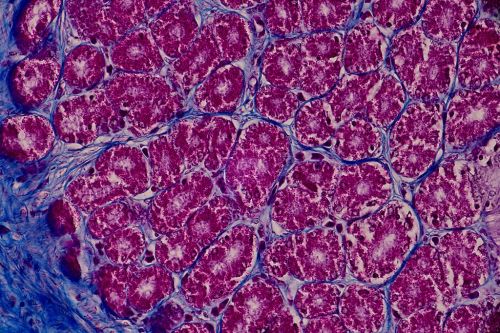A Short Guide to Histology TechniquesPosted by Lucas Bell on December 13th, 2017 Histology is the study of microscopic anatomy of cells and tissues of plants or animals. It is usually performed by examining cells and tissues under a microscope. Histology is an essential tool for biology and medicine, for example in the anatomical pathology microscopic study of diseased tissue is important. The advancement in this process has led to automated histology in which no longer manual laboratory process is required. In addition, automated histology also needs on hands-on technical expertise and time. Automation helps report more accurate results, quickly, faster which helps in improving patient care in histopathology.
There are several steps and techniques involved in histology as follows. To study tissues with a microscope, they are fixed and cut into thin sections sufficient to be translucent. The process of fixation is a physical or chemical method of killing of tissue and yet retaining characteristic peculiarities of shape and structure. Fixation is followed by blocks of tissue cut into thin sections. One way to do the same is to make a firm block by freezing fresh and fixed tissue. Other technique involves dehydration with alcohol and infiltration with paraffin or similar agent. This process is called embedding in which 3-10 sections of microns are cut on steel knives mounted in an instrument called microtome with precise mechanical advance. In electron microscopy, the sections are comparatively lesser than 1/10,000th of a millimeter. It is achieved by embedding the tissue in plastic, like Epon or araldite and tissue is cut with special ultra-microtomes equipped with fine mechanical advance. Sections are cut with glass or diamond knives. In some cases, serial sections are needed and for this multiple consecutive sections are prepared as slides. Serial sections allow the 3D structure of the tissue which can be visualized. It is important in determining an abnormality in a pathological process. With working with a light microscope, it is difficult to identify different components of cells and tissues without differential staining because stains may react chemically giving rise to wide variation. The staining method is sometimes altered to suit the needs of the examiner and accentuated certain tissues. Lastly, in order to preserve the section made from a block of fixed tissues and stained, it is fixed on a glass slide and covered with a thin cover glass by using a transparent substance which can harden and seals the preparation to make it permanent. Some tissues are stained, and some are mounted. These are a brief account of the procedures involved in histology. Like it? Share it!More by this author |



